|
During the last few years, I have made much more of an effort to involve students in assessment design in PE. However, in the last year, I have really made a big push to get my students more actively engaged in helping to select important assessment criteria. There is no doubt that doing so gives the students much more ownership over their learning, but more importantly, it helps them to really breakdown a skill or task and think about what is essential in order to meet success. 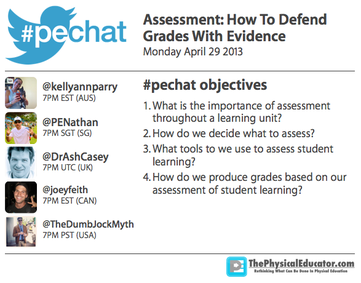 For the last couple of weeks, our weekly Physical Educator driven #PEchats have essentially revolved around the topic of assessment and what it truly means as related to student learning. The conversations taking place on Twitter have been excellent with lots of great educators from around the globe sharing their excellent thoughts and practice. Those #pegeeks out there that know my style know that I hold inquiry and student driven learning in very high regard in my program. I have received a few emails asking me to better define how I involve students in assessment design in PE, so I decided to visually lay it out. Doing so really helps me to think, on a deeper level, of how I involve students in assessment design. I always felt that I did well at it, but actually explaining it in visual form assists me in getting a better grasp of it. The 7-Step Model that I created is for my own purposes, but I felt as though it would be good to share. If any of you would like to use the model, please feel free. You may have to tweak or modify it in order to fit the needs of your program, but if you do use it, please give me some feedback as to whether or not you find in useful. I have a few workshops that I will be leading over the next several months, so would like to include this 7-Step Model in my presentations. Any feedback would be much appreciated. Here it is below. Any questions? Just ask! Important Considerations in the Process Time Management: I can pull this whole cycle off in a 40-minute lesson provided I am very prepared and organized. My teaching space needs to be set up and ready to go otherwise there will be too many obstacles. However, using this approach can be spread out over a number of classes for larger scale assessment tasks such as a summative final task in movement composition. The whole point is that you need to be flexible when using this approach. Using Selected Criteria to Create Formative or Summative Assessment Sheets: For larger scale formative tasks, I will take away the selected assessment criteria and create assessment sheets to be handed out to students at the very start of the following class. Write It All Down and Keep it Visible: Record the students ideas and leave them posted on the wall for the duration of the unit. These posters will inevitably serve to initiate further discussion later in the unit. I have had great success doing this in my classes. A Description of Each Step
1 Comment
John
5/1/2013 06:44:42 am
Great steps, I use this format in my PE 9 classes and the most powerful part is after they present their activity, we discuss how changes can be made to make it better....this way...there is no FAIL in the context at all...in my opinion FAIL is not a term that should be use in PE - especially with younger students. REALL?Y what is Failure?? It is a negative term that some students are very sensitive about - the word can evoke feelings of anxiety in many kids - this, in my opinion is counterproductive and does not create an atmosphere of leraning... This could easily be replaced by Reassess, Revisit, Improve upon, Change, Adapt, Sharpen, etc..
Reply
Leave a Reply. |
AuthorKAUST Faculty, Pedagogical Coach. Presenter & Workshop Leader.IB Educator. #RunYourLife podcast host. Archives
September 2022
|
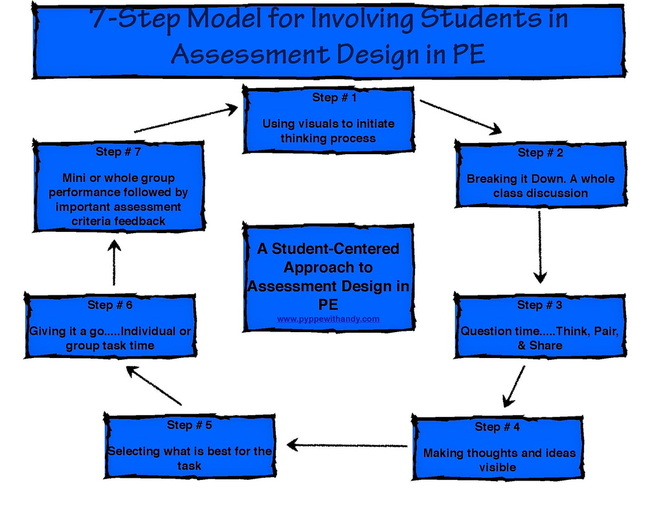
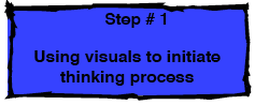
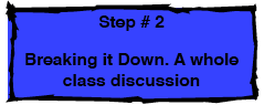
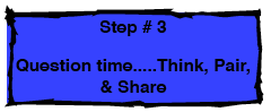
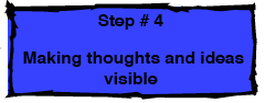
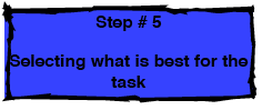
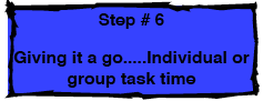
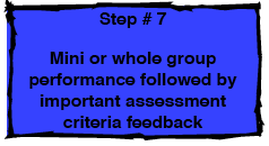
 RSS Feed
RSS Feed